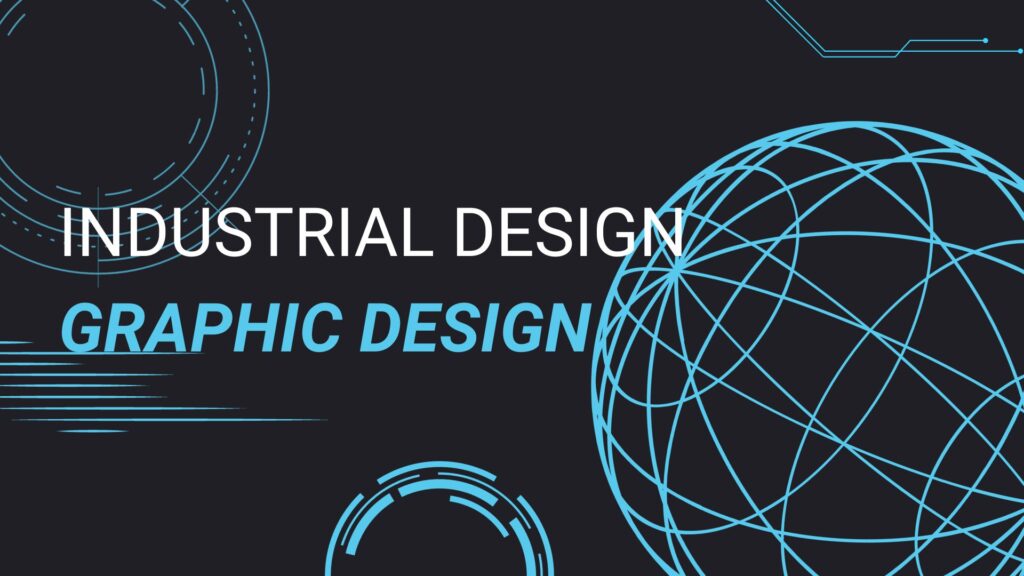What is Industrial & Product Design?

Last Chance! Free Business Listings end July 31st, 2024. Don't miss out!
Industrial and product design are closely related fields that play pivotal roles in shaping the form, function, and aesthetics of various consumer and industrial products. These disciplines are essential for enhancing user experiences, improving efficiency, and ultimately driving innovation across industries.
Industrial Design:
Industrial design focuses on creating and improving the appearance, usability, and overall functionality of products. Industrial designers work on a wide range of items, from consumer goods like furniture and electronics to industrial equipment and even transportation vehicles. Key aspects of industrial design include:
Form and Aesthetics: Industrial designers strive to make products visually appealing while ensuring they are ergonomic and user-friendly.
User-Centered Design: They conduct research to understand user needs, behaviors, and preferences to create products that meet these requirements.
Material Selection: Choosing the right materials is critical to ensure durability, safety, and cost-effectiveness.
Prototyping and Testing: Prototypes are developed and tested to identify and address any design flaws before mass production.
Product Design:
Product design is a subset of industrial design, focusing specifically on the development of individual products. It encompasses a holistic approach, considering not only the product’s appearance but also its functionality, marketability, and manufacturability. Key aspects of product design include:
Innovation: Product designers aim to create innovative solutions that address specific user needs or problems.
Market Research: Understanding market trends and consumer preferences is crucial to designing products that resonate with the target audience.
Engineering Collaboration: Product designers often collaborate with engineers to ensure that the designed product can be manufactured efficiently and meets technical specifications.
Cost Considerations: Balancing design aspirations with cost constraints is vital to make products commercially viable.
Importance for Industrial Manufacturing Owners:
For industrial manufacturing owners, industrial and product design can significantly impact their businesses. These design principles can:
Enhance Market Competitiveness: Well-designed products have a competitive edge in the market, attracting more customers and increasing sales.
Improve Efficiency: Streamlined and user-friendly designs can improve manufacturing processes, reduce production costs, and minimize errors.
Reduce Product Development Risks: Proper design and prototyping reduce the risk of costly redesigns and product failures.
Relevance to Students and Designers:
Students and graphic designers interested in industrial and product design can pursue careers that involve creating innovative and visually appealing products. Learning these disciplines opens up opportunities to work in various industries, from consumer electronics to automotive design, where their skills can make a significant impact on the world of design and manufacturing.
Related information
What is 3D Product Design and 3D Product Modeling?
Concepts and Types of Industrial Product Design
Rakesh Reddy is a SEO web marketer, with experience of managing global website customization and maintenance. His background in Market research, content marketing, competitive research, brand strategy, and account management. Worked as Digital Marketing and SEO Specialist in Picsart Inc (Bangalore), Neil Patel Digital India (Bangalore), Digicliff solutions (Bangalore), and Nikulsan Digital Agency (Bangalore)